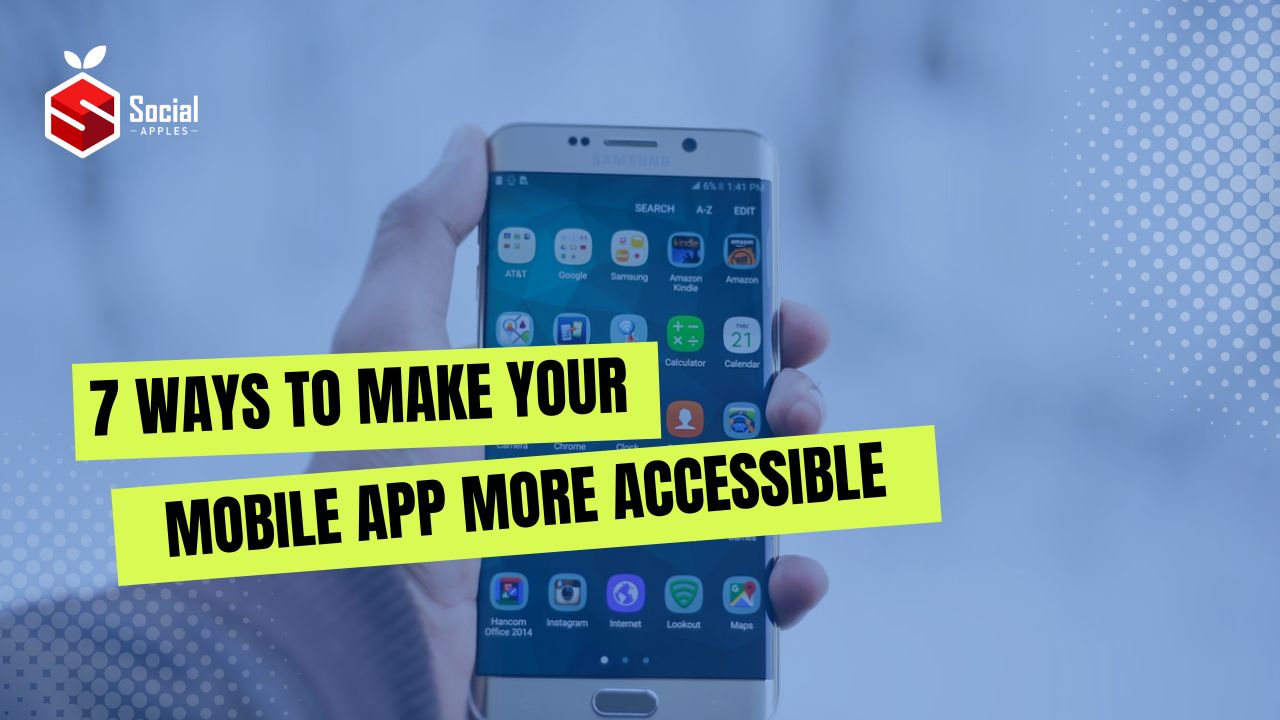With millions of mobile apps out there, businesses are desperate to draw attention to their apps and make users fall in love with them. Yet, an often overlooked factor that helps mobile apps become popular is accessibility.
Disabilities and temporary impairments become obstacles that prevent people from enjoying the mobile apps that someone without these conditions can easily use and interact with. And so what happens is that hundreds of thousands of people are cut off from the majority of mobile apps out there that just don’t work for them.
App accessibility is a must-have for high-quality US mobile app development for startups and established businesses. It helps apps stand out and thrive among the competition, and, more importantly, it helps everyone feel like they belong and nobody is left out.

Apple, for instance, is heavily promoting accessibility with iOS, and one of their engineers, Novall Swift, has once tweeted that they have one job – to make the apps work. And if accessibility features are ignored, then the app is not working for many people.
And today, we are sharing the 7 ways to make your app accessible with different mobile app development tools, tricks, and adjustments.
Contents
1. Create consistent navigation
Some clients might not use your mobile app altogether if you didn’t think through consistent navigation. Make sure it’s clear how to access every page and return to the homepage. If you’re not sure how to do that, find an agency that offers mobile app development outsourcing and ask them for UX/UI consultancy services.
2. Keep the layout simple
What we’ve noticed among many small business clients is that they try to differentiate from the competition by creating complicated or unique layouts that end up confusing users. Instead of reaching a desired outcome, such choices drive users away. To keep your layout user-friendly, ensure consistent formatting, and clear clickable content, and strive for simplicity.
3. Provide a customization option
We can follow accessibility guidelines and make our mobile apps more friendly to people with different disabilities. Yet, we are unable to cater to everyone’s individual needs. And we might not need to if we allow customizations within the mobile app that users can set up themselves. Simply providing the option to change text and backgrounds will already help many visually-impaired people.
Pro tip: If you include visual customizations, ensure users are aware of them. Make it obvious in the app settings and include the information in user onboarding, FAQs, and any other places where people can see it.
4. Add screen reading
Screen reading tools allow us to convert text to audio, making the mobile app accessible to blind users. When adding screen reading, ensure that everything on the screen is included, for example, images and buttons. Also, as you fill in the input fields, check that they are read in the correct, logical order and don’t cause confusion.
5. Upgrade your audio and video content
Once screen reading is added, the next step is to make your video and audio accessible too. This might be time-consuming, but it is very rewarding and helpful to deaf and blind users.
Here is what you can do:
- Add control options (full-screen, pause, volume)
- Add subtitles for audio and video
- Include descriptive audio content for videos
- Add sound to screen changes
Pro tip: Strive to include subtitles, audio descriptions, and other text elements in multiple languages. Start with the key strategic languages that are spoken in the regions you are targeting, and keep on expanding your portfolio as the app grows and more users download it globally.
6. Add image alt-text
Alt-text describes what we see in the image. It specifies who and what is drawn or photographed, what they look like, and what they are doing. It needs to be detailed so that users with visual imparities can imagine what is pictured on every single image.
Alt-text is typically only visible to some users and is available on demand. So don’t be shy to make the descriptions lengthy and include as many little details as you think are necessary to provide disabled users with the best experience. Also, check out Best Kahoot Names 2023 : Cool, Funny, Dirty Name Ideas
7. Review the color-palette
As we get to the user interface stage in the mobile app development process, we like to be as creative as possible and release unique visuals that include catchy colors. These unique color combinations might create issues for some users. If your brand is heavily reliant on certain colors, it’s possible to mitigate the difficulties with colour optimization and changing the contrast ratio.
Bonus tip: test your app for accessibility
Building mobile apps with accessibility in mind is important. However, it should not be seen as a burden but as an exciting part of the full-cycle development of your app. And the process doesn’t end with including the altered colour palette, screen reading tools, and other accessibility features. Just like we test every other aspect of the mobile app, we must verify that our efforts to make the app equally accessible to everyone have worked.
The best way to test that is by engaging people with particular types of disabilities in using the software. Let them click through all the links, interact with different types of content in the app, and share their thoughts.
Once the initial tests are passed and the mobile apps are live in App Store and Google Play, keep on testing them and gathering accessibility feedback to maintain continuous improvement.
Pro tip: Don’t focus solely on impaired vision and hearing when considering accessibility. Users with learning and motor difficulties or dyslexia have their unique needs too, and they should be a part of your development and testing round.
Final thoughts
Making your mobile app accessible is not as difficult as it may seem. Rather it is a conscious choice that we make once we adopt the accessibility mindset and belief that everyone deserves equal access to technology, no matter how diverse we all are.
There are several ways the company can achieve that with relative ease and low costs. In return, you will widen your target audience and help clients feel included in the experience that they often feel left out of. You will contribute to making the world a more inclusive place and you’ll strengthen your brand reputation too.


![Free Slideshare Premium Accounts [*Updated*] 2024 ✅ free slideshare premium accounts](https://socialapples.com/wp-content/uploads/2024/02/free-slideshare-premium-accounts-218x150.jpg)










